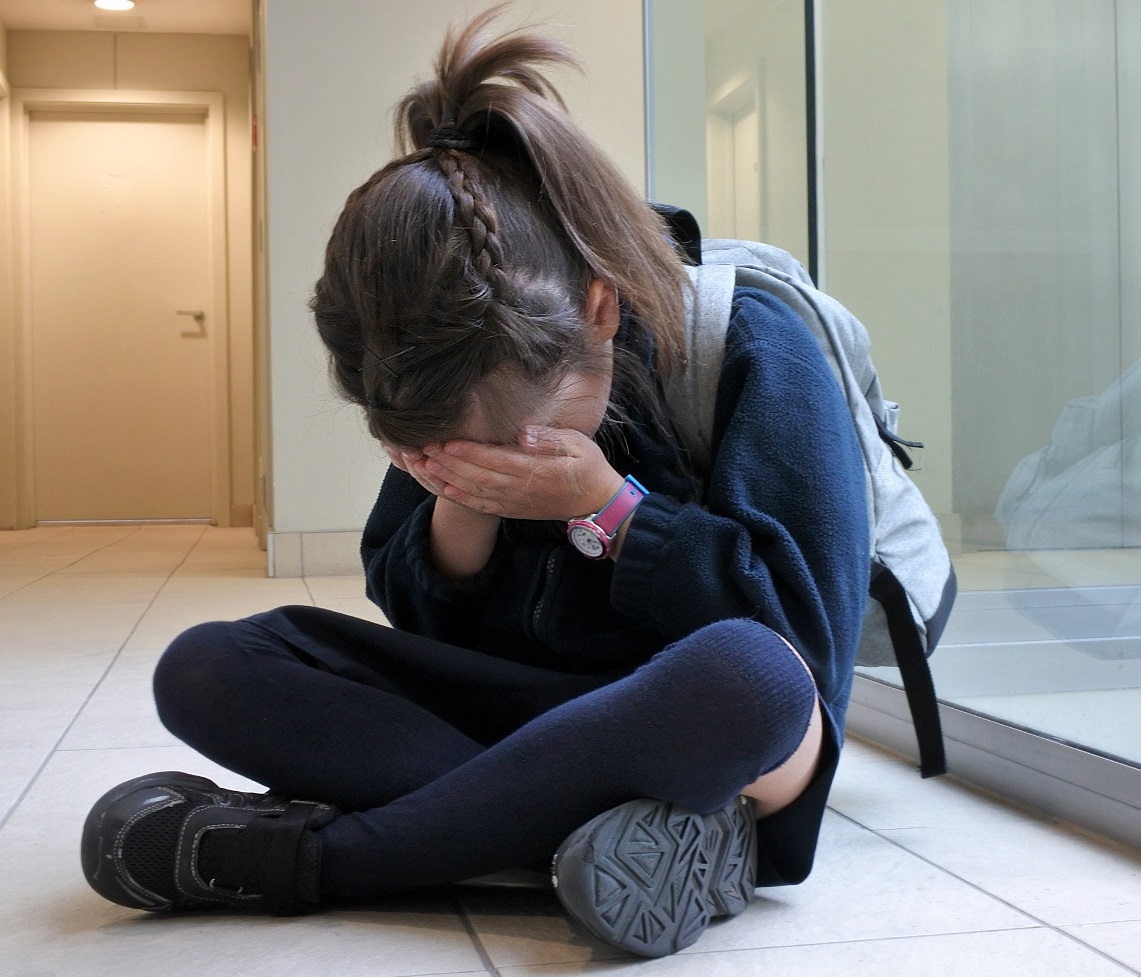
“How was school?”
“Good.”
“Was everyone well behaved?”
“Well… The boys were picking on *Sally.” (* Not her real name)
“Who’s Sally?”
“She’s a new girl. She’s scared. She sometimes runs out of class in tears. The boys say she’s a baby.”
“Do the teachers know?”
This is a real example - in a very nice private school. Sally went to the nurse, complaining of stomach pains. She was sucking her thumb with anxiety. It was all too much - a new school, new teachers - and the boys had now spotted her weakness and were circling with casual cruelty. No violence. No bruises. But this child was already suffering enough to be in physical pain.
Is it a new thing? Of course not. Just to take some famous examples. These are famous film stars who were bullied at school: Tom Cruise, Harrison Ford, Julia Roberts, Michelle Pfeiffer, Daryl Hannah. And writers: Roald Dahl, Clive James, Ruth Park. It’s as old as human nature.
Sally is one girl, in one class, in one school. Replicate the problem across the whole system and you are talking tens of thousands of children suffering. The usual estimate (from the research) is that bullying affects one in every six or seven children. That’s three, on average, in every class!
There are approximately 2,000,000 kids in Australian primary schools. That means, based on the research, perhaps 300,000 who are regularly bullied.
All schools will have anti-bullying policies. Sometimes they are actively ‘rebooted’ every year, and certainly in individual cases of bullying there is follow up action. But it is also reasonable to suggest that it is largely a hidden problem.
‘Bullies’ (or more correctly children who bully) are everywhere. What are they like? Not necessarily the villains of popular imagination. They are ostensibly ‘normal’ - just lacking empathy, and they come in male and female forms. Here is a brief extract from our research paper on bullying, describing the typical profile of a child who bullies:
"To characterise bullies as social misfits and simple-minded thugs is to vastly overstate the reality. Several researchers report that bullies may have quite well developed social skills and are adept at manipulating situations to avoid detection by adults. Bullies respond to reinforcers of their own bullying behaviour. These reinforcers are either tangible (stolen possessions, lunch money) or social reinforcers (response from bystanders).
Signs that a child may be a bully include:
You can view the full paper here.
The key for a school actively combatting bullying is to
We encourage schools to consider using our “Happy Schools” module. It features short videos, some with muppets, to bring the whole issue to life in a non discriminatory way. The module includes 10 classroom resources to help build a full anti-bullying program.


Or click here to close and continue on our Australian and New Zealand site.